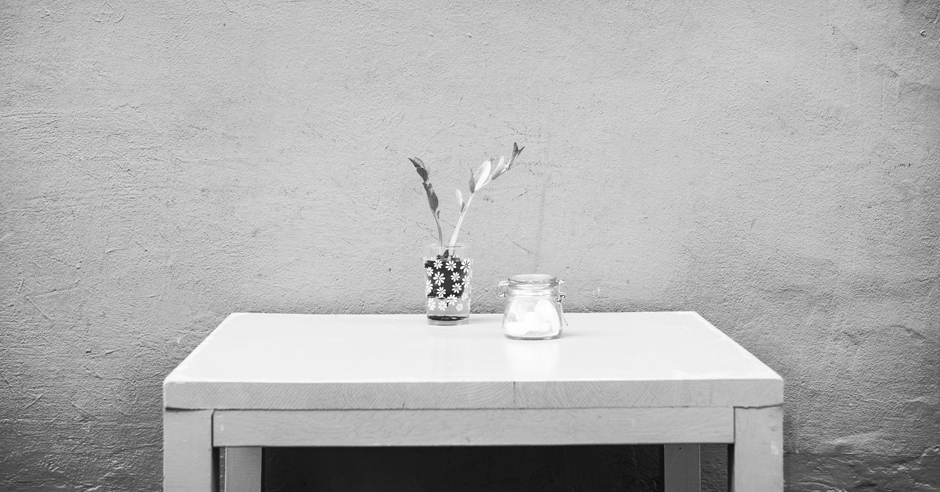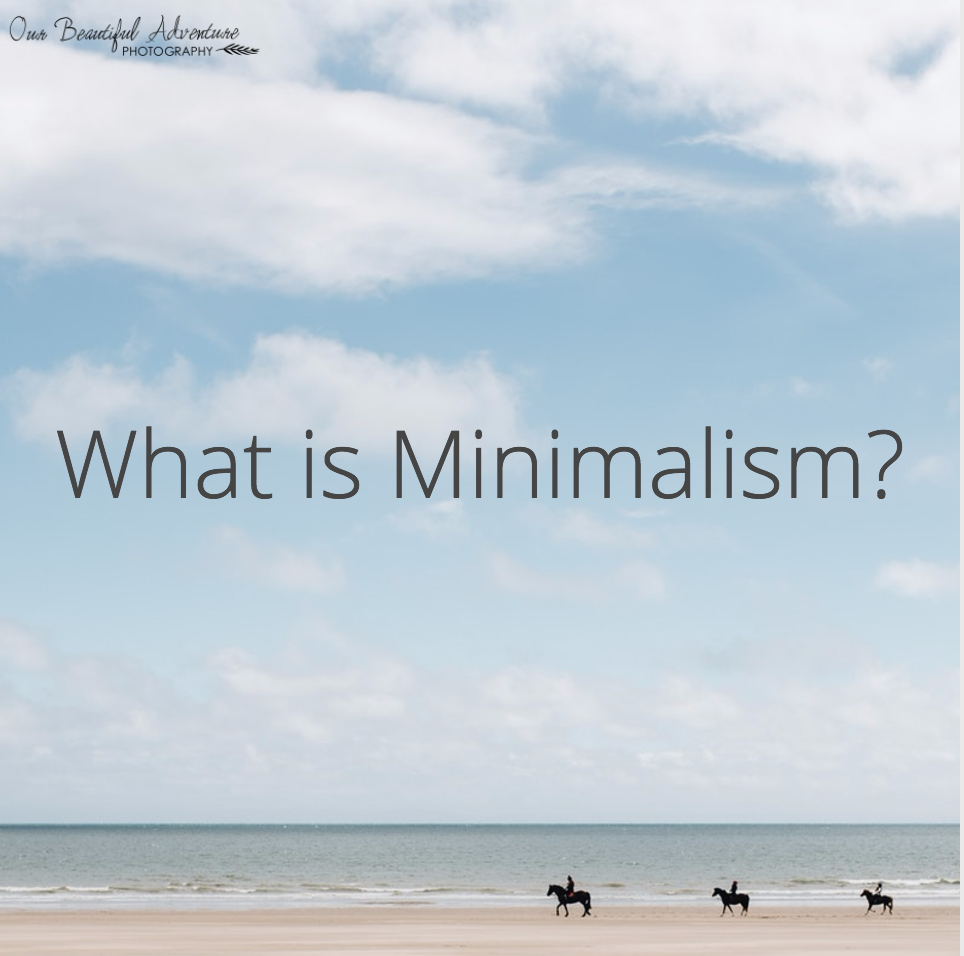Minimalism in Method: Efficient Techniques for Producing a Balanced and Intentional Home Setting
The technique of minimalism supplies a structured technique to growing a home setting that mirrors intentionality and balance. By employing strategies such as organized decluttering and the "one in, one out" guideline, people can not only lower excess however also improve their mindfulness regarding product ownerships. In addition, integrating multi-functional furnishings and frequently reflecting on valuables adds to an area that resonates with individual values. The journey in the direction of keeping a minimalist lifestyle includes even more than simply these approaches; it elevates essential questions concerning exactly how we specify need and the role of our environments in forming daily experiences.
Comprehending Minimalism
Minimalism, frequently misinterpreted as mere simplicity or a lack of properties, encompasses an extensive philosophy that urges people to curtail their lives to what truly matters. At its core, minimalism is concerning intentional living, cultivating a deeper connection with oneself and the surrounding environment. This way of life advocates for the removal of excess, permitting individuals to focus on vital worths, experiences, and relationships.
The minimal technique prolongs past physical possessions; it motivates individuals to examine their dedications, habits, and mental mess. By prioritizing high quality over quantity, minimalists seek to produce spaceâEUR" both literally and metaphoricallyâEUR" of what truly enhances their lives. This philosophy promotes mindfulness, prompting people to participate in thoughtful decision-making concerning their time, resources, and energy.
Comprehending minimalism needs a gratitude of its transformative capacity. Eventually, minimalism serves as a path to better gratification, motivating individuals to straighten their lives with their core values and aspirations.
Decluttering Your Space
To cultivate a tranquil and orderly living space, it is crucial to involve in a comprehensive decluttering process. Begin by reviewing each space methodically, identifying items that no longer offer an objective in your life or straighten with your values.
Beginning with smaller spaces, such as a drawer or a corner of an area, and gradually progression to larger locations. As you sort with personal belongings, classify things into 3 teams: maintain, donate, and dispose of.
Incorporate a timeline for your decluttering initiatives to maintain momentum. Set achievable goals, such as devoting 15 mins day-to-day to the task. When completed, think about executing a "one in, one out" rule to avoid future build-up. By developing a conscious approach to your belongings, you produce an even more intentional home that promotes clearness and improves your overall quality of life. Embrace the freedom that features a decluttered home, enabling for a more harmonious existence.
Curating Your Possessions
Curating your possessions includes a thoughtful and willful method to what you choose to maintain in your life. This procedure begins by examining each item based upon its utility, nostalgic worth, and visual appeal. By asking crucial questionsâEUR" such as whether an item serves a function or brings you joyâEUR" you can make educated choices regarding what genuinely deserves an area in your house.
To successfully curate your possessions, take into consideration developing categories. Team products by feature, view, or frequency of usage, which can aid clarify their functions in your every day life. This technique not just improves the selection process however also promotes a much deeper gratitude for the possessions you select to maintain.
When you have actually identified your most valued items, emphasis on showing them in such a way that improves their significance. Thoughtful setup can change everyday objects into purposeful centerpieces, contributing to a intentional and serene atmosphere.
Inevitably, the objective of curating your valuables is to cultivate an area that mirrors your values and way of living. By focusing on high quality over amount, you develop a harmonious environment that advertises mindfulness and well-being in your home.
Designing for Functionality
Designing for functionality needs a keen understanding of just how space and objects interact within your home. Each product must offer an objective, boosting not only the aesthetic quality of the setting but additionally its functionality. Beginning by examining the main functions of each area. For example, the kitchen must assist in cooking and meal preparation, while the living-room ought to advertise leisure and social communication.

Take into consideration the flow of movement within each location, permitting for all-natural shifts between spaces. This review can be achieved via open layouts or tactically placed furnishings that encourages circulation.
Utilizing upright room can additionally enhance performance; mount racks or wall-mounted storage to keep floorings clear. Emphasize the relevance of illumination, as it can dramatically impact how practical an area really feels. By focusing on utility and simplicity, you can create an unified living setting that supports both everyday activities and personal health.
Keeping a Minimal Way Of Living
Producing a practical room is just the very first step towards accepting a minimal way of life; the difficulty depends on keeping that simplicity over time. To sustain a minimal approach, routine analysis of possessions is vital. This involves a routine evaluation of things to identify their necessity and energy. Embracing the "one in, one out" policy can properly prevent accumulation; for every single brand-new item introduced, an existing one should be eliminated.
An additional essential aspect is mindfulness in intake. Being deliberate about purchases assists avoid impulse buys that can clutter both physical and psychological area. When shopping, think about whether a product includes authentic value to your life or straightens with your minimal goals.

Lastly, produce an encouraging setting by bordering on your own with similar people that value minimalism (Minimalism). Taking part in discussions or taking part in minimalist neighborhoods can supply inspiration and liability, ensuring that simpleness continues to be a core concept in your every day life
Conclusion
Finally, the method of minimalism fosters a willful and balanced home environment through methodical decluttering, thoughtful curation of belongings, and the prioritization of functionality in style. By adopting strategies such as the "one in, one out" policy and engaging with helpful areas, individuals can sustain a minimalist way of living. This approach not only minimizes excess but additionally enhances mindfulness, ultimately adding to an extra meaningful and purposeful living experience.
Incorporating multi-functional furniture and consistently reflecting on valuables contributes to a space that resonates with personal values. By developing a mindful technique to your ownerships, you develop a more willful living room that fosters quality and boosts your total top quality of life.Creating for capability calls for an eager understanding of just how about his area and things communicate within your home.Developing a functional space is only the very first action towards embracing a minimal way of life; the difficulty exists in keeping that simplicity over time. Being willful concerning acquisitions assists stay clear of impulse purchases that can clutter both physical and mental click for info area.